1. Kids Roamed the Streets With No Supervision
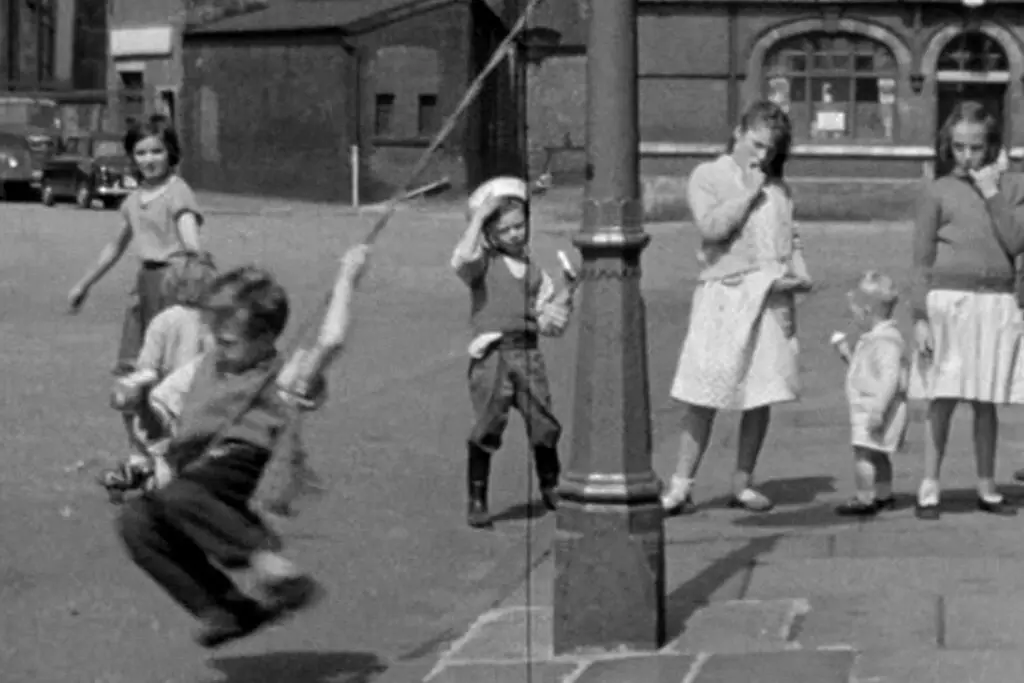
Back in the ’60s, it was completely normal for kids to leave the house in the morning and not come back until dinner. Parents didn’t track their kids’ every move, and there were no cell phones to check in. Kids rode bikes for miles, played in abandoned lots, and even hitched rides with strangers. The concept of “stranger danger” wasn’t widely taught yet, so many children were shockingly trusting. Some kids even took the bus downtown alone to shop or hang out at the soda fountain. If a kid got hurt, they had to figure it out themselves or hope a kind neighbor helped. It’s a miracle more kids didn’t go missing or get seriously injured says MSN.
Today, letting a child roam freely like that would likely result in a call to child services. Parents are far more cautious, and for good reason—crime rates and awareness of child abductions have changed how society views safety. But back then, neighborhoods felt like big, safe playgrounds, and parents assumed their kids would be fine. It wasn’t unusual for a 10-year-old to be responsible for their younger siblings all day. Some kids even hitchhiked short distances if they needed a ride. It’s almost unimaginable by today’s standards, but it was just life in the ’60s.
2. Seatbelts Were Rarely Used—If the Car Had Them at All
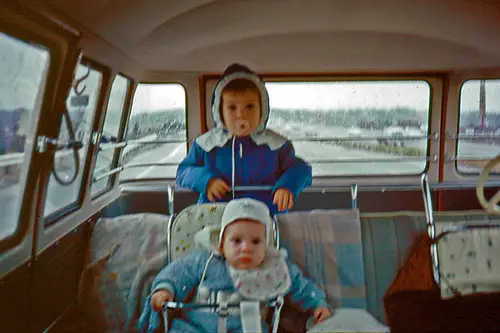
Cars in the ’60s weren’t exactly built with safety in mind. Many models didn’t even have seatbelts in the backseat, and the ones in the front were often ignored. It wasn’t until 1968 that the government required all new cars to have seatbelts, but people still resisted using them. Some thought seatbelts were uncomfortable, while others believed they were unnecessary if you were a “good driver.” Parents often held babies in their laps while riding in the front seat. Kids piled into the backseat or even laid on the rear window ledge for naps says ABC4 Utah.
Looking back, it’s terrifying to think about how many accidents ended in tragedy because of this mindset. Today, we have airbags, crumple zones, and strict car seat laws, but in the ’60s, people drove around with a false sense of security. A sudden stop could send passengers flying through the windshield. Some drivers even cut out their seatbelts because they found them annoying. The idea of driving without a seatbelt today seems reckless, but back then, it was just another day on the road.
3. Asbestos Was Everywhere and No One Knew the Risks
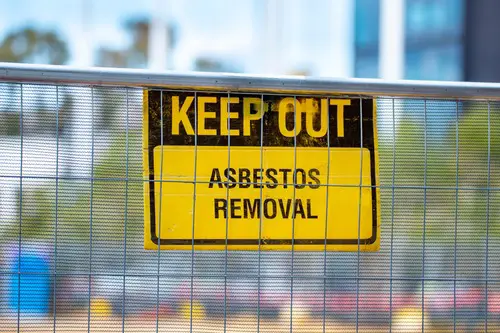
Asbestos was used in everything from insulation to ceiling tiles, and no one batted an eye. It was praised for being fire-resistant and durable, making it a common material in homes, schools, and office buildings. People breathed in asbestos fibers daily without realizing how dangerous it was. Even worse, kids played on asbestos-laced floors in schools, and workers handled it without masks or protective gear. By the time people started linking asbestos to lung disease and cancer, it was already everywhere says CBC.
Decades later, we know just how deadly asbestos exposure can be, but in the ’60s, it was just another part of life. Many people who worked around asbestos ended up with serious health issues, sometimes years later. Even today, older buildings require special removal procedures to get rid of it safely. It’s terrifying to think that millions of people unknowingly exposed themselves and their families to a silent killer. What seemed like a harmless building material turned out to be one of the most dangerous substances of the century.
4. Smoking Was Allowed Absolutely Everywhere
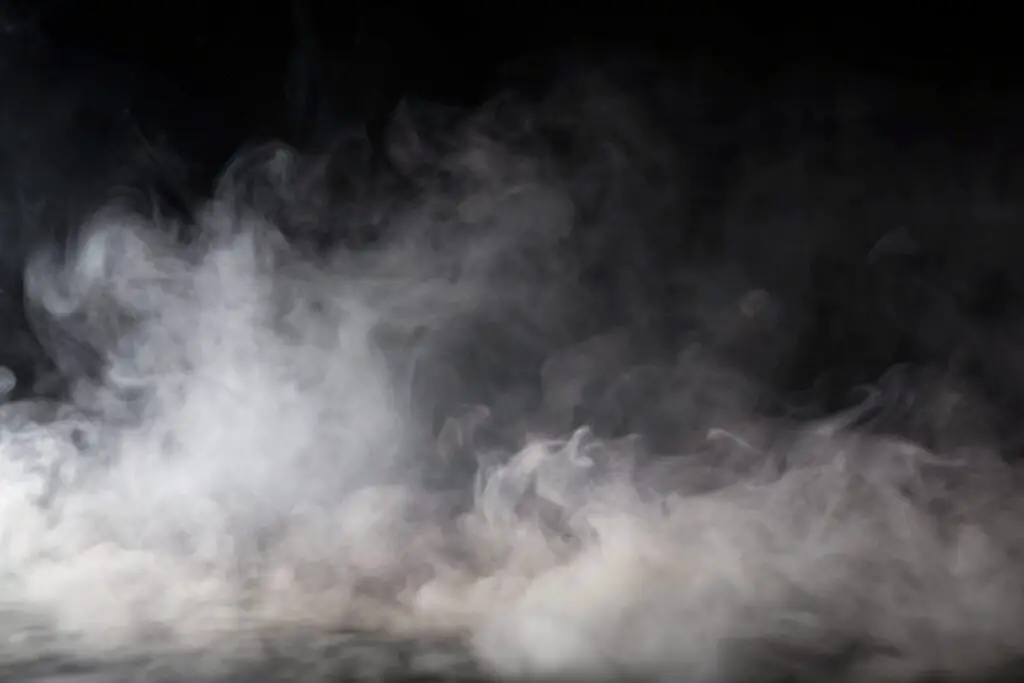
If you lived in the ’60s, you were constantly surrounded by cigarette smoke. People smoked in restaurants, movie theaters, offices, hospitals, and even on airplanes. Pregnant women smoked without hesitation, and doctors even appeared in cigarette ads. Kids grew up watching their parents and teachers light up, with no real understanding of the health risks. There were no warning labels on cigarette packs until 1965, and even then, smoking was still seen as glamorous. The idea of designated smoking areas simply didn’t exist.
Looking back, it’s shocking how normal it was for people to inhale secondhand smoke all day long. No one considered what it was doing to their lungs, and nonsmokers just had to deal with it. Ashtrays were on every table, and it wasn’t unusual to see doctors smoking while treating patients. Today, we know how deadly smoking is, and laws have changed dramatically to protect people from secondhand exposure. But in the ’60s, if you didn’t smoke, you were the odd one out.
5. Lead Paint Was in Almost Every Home

Homes built before the ’70s were covered in lead paint, and no one thought twice about it. Parents painted cribs, toys, and walls with lead-based paint, completely unaware of its toxic effects. When the paint chipped, kids often ingested the dust or flakes, leading to serious health problems. Lead poisoning can cause developmental delays, learning disabilities, and even brain damage, but back then, the dangers weren’t widely known. It wasn’t until 1978 that the government banned lead paint for residential use.
By the time people realized how harmful it was, millions of children had already been exposed. Some suffered irreversible damage before doctors connected the dots. Even today, older homes need special treatment to remove lead paint safely. It’s terrifying to think about how many kids unknowingly suffered from something that was in almost every household. What seemed like a simple choice of paint color turned out to have lifelong consequences.
6. Drinking and Driving Wasn’t Taken Seriously
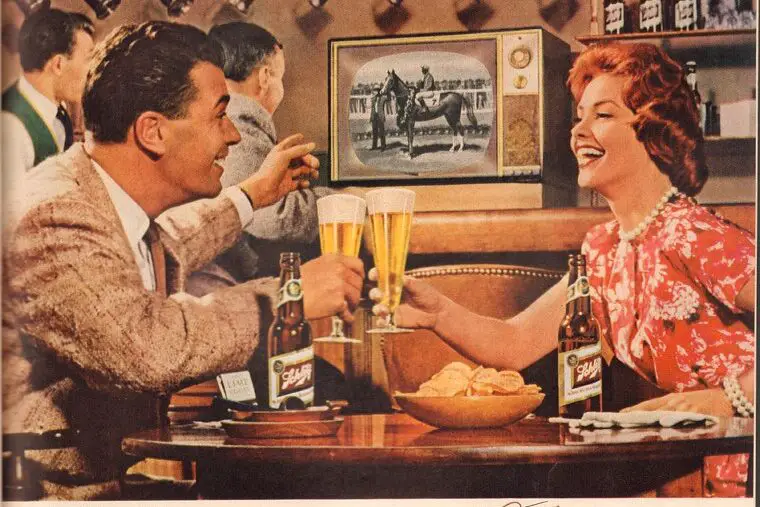
In the ’60s, driving after a few drinks wasn’t just common—it was expected. There were no strict DUI laws, and breathalyzers were barely in use. People kept flasks in their glove compartments and openly drank beer while driving. It wasn’t unusual for someone to leave a bar completely intoxicated and get behind the wheel. Police officers might pull someone over, but often, they’d just tell them to get home safely rather than arrest them.
The lack of serious consequences meant people didn’t think twice about drinking and driving. It wasn’t until the ’80s that organizations like MADD (Mothers Against Drunk Driving) pushed for stricter laws. Today, even a small amount of alcohol can lead to serious legal trouble, but back then, it was just part of a night out. Thinking about how many lives were lost due to this reckless behavior is chilling. The idea that so many people were on the road under the influence is downright terrifying.
7. Parents Used Laxatives as a Cure-All for Kids
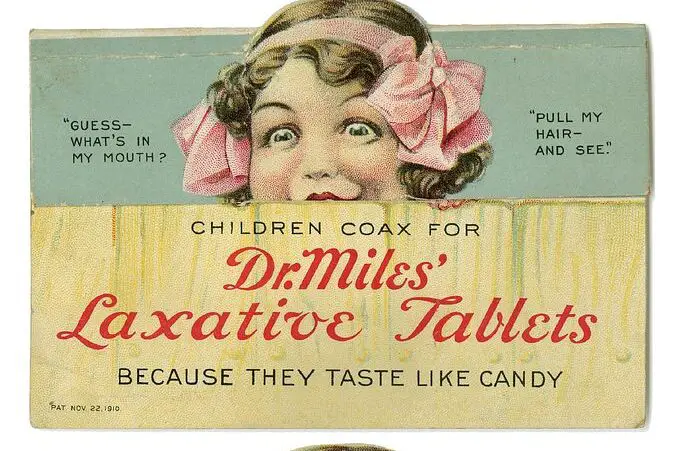
If a kid in the ’60s complained about a stomachache, they were probably handed a spoonful of castor oil or some other laxative. Many parents believed that getting rid of “toxins” in the body would fix any ailment. It didn’t matter if a child had a headache, a cold, or just didn’t feel well—chances were, they were sent to the bathroom after being dosed. Castor oil, mineral oil, and Milk of Magnesia were household staples.
The idea of forcing a kid to take a laxative for every minor illness sounds ridiculous now, but parents swore by it. Some even believed that regular “cleansing” kept kids healthy. In reality, it often left them dehydrated and miserable. Modern medicine has come a long way, but back then, this was seen as responsible parenting. It’s amazing how many kids grew up fearing the taste of castor oil thanks to this outdated remedy.
8. Playground Equipment Was Basically a Death Trap
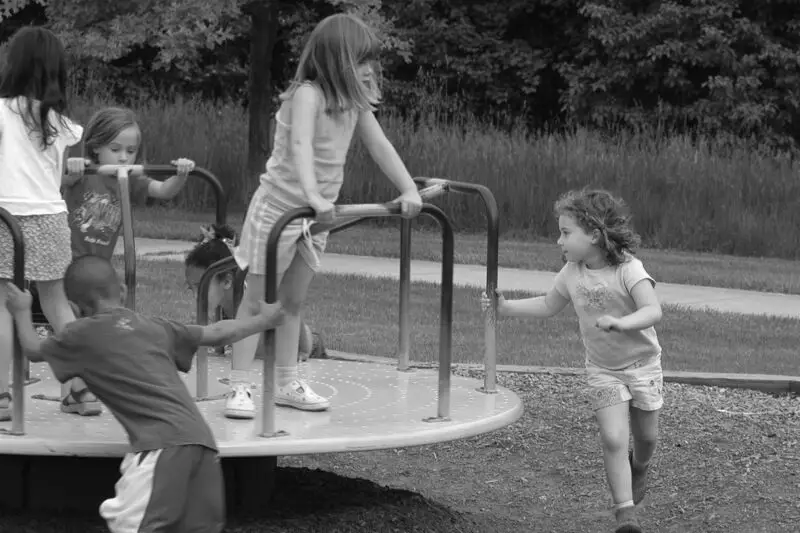
Playgrounds in the ’60s were far from safe. Jungle gyms, monkey bars, and merry-go-rounds were made of hard metal, and many were set on concrete or asphalt. There were no safety standards in place, meaning kids could easily fall from ten feet up with nothing but the ground to break their fall. Swings were often set too high, slides were made of scorching hot metal, and seesaws could send a kid flying if their friend jumped off suddenly. Parents rarely hovered over their kids, so injuries were just part of the experience.
It’s shocking to think about how many kids walked away with broken bones or knocked-out teeth from these playgrounds. Today, playgrounds are designed with soft surfaces, lower heights, and safer materials, but back then, kids were expected to “toughen up” if they got hurt. No one sued the city over a dangerous playground, and there were no helmets or knee pads in sight. Looking back, it’s a wonder more kids didn’t end up in the hospital.
9. Kids Bought Cigarettes for Their Parents
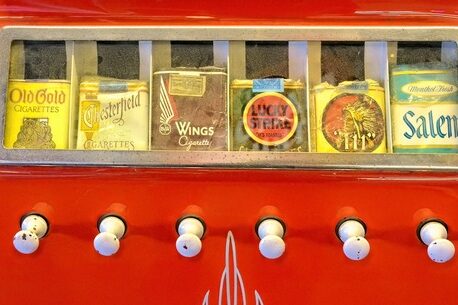
It wasn’t unusual for kids in the ’60s to walk into a store and buy a pack of cigarettes for their mom or dad. Clerks rarely asked questions, and there were no strict age restrictions on purchasing tobacco. Some kids even got sent to buy beer if they looked old enough to pull it off. Vending machines that sold cigarettes were everywhere, and there was no way to stop a child from using one. Many kids grew up exposed to smoking at home and in public, making it seem completely normal.
Nowadays, the thought of a kid buying cigarettes for their parents is unthinkable. ID checks are required, and tobacco sales to minors are heavily regulated. But in the ’60s, no one saw a problem with a child walking down the street with a pack of smokes in their pocket. It’s disturbing to realize how accessible these harmful products were to kids. The normalization of smoking at such a young age led many to pick up the habit themselves.
10. People Kept Loaded Guns in the House Without a Second Thought
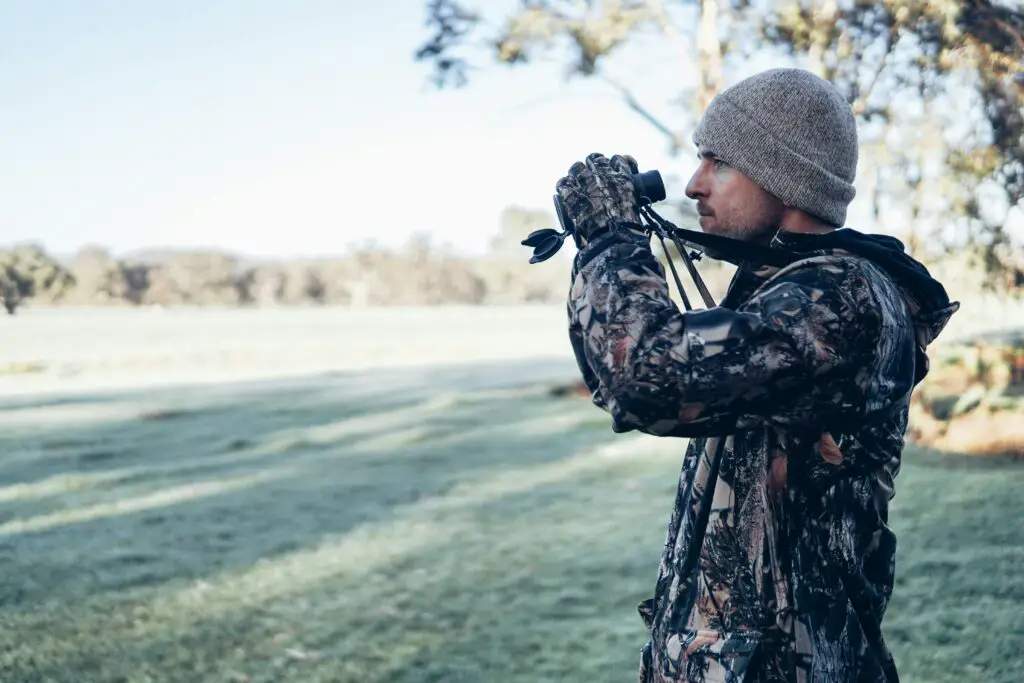
Gun safety wasn’t as much of a concern in the ’60s as it is today. Many families kept loaded guns in nightstands, under beds, or even in coat closets without locks. It was common for kids to grow up around firearms without any formal safety training. Parents assumed children knew better than to play with them, but accidents happened far too often. In rural areas, it was normal for kids as young as 10 to own a rifle for hunting.
Today, most households with guns have strict storage rules, gun safes, and childproof locks. But in the ’60s, guns were just another household item, treated with far less caution. The idea of leaving a loaded firearm within reach of a child is horrifying by today’s standards. Yet back then, it was just considered part of life, especially in homes where hunting was common. It’s terrifying to think about how many tragedies occurred because of this casual attitude toward gun safety.
11. Milk Wasn’t Always Refrigerated in Grocery Stores
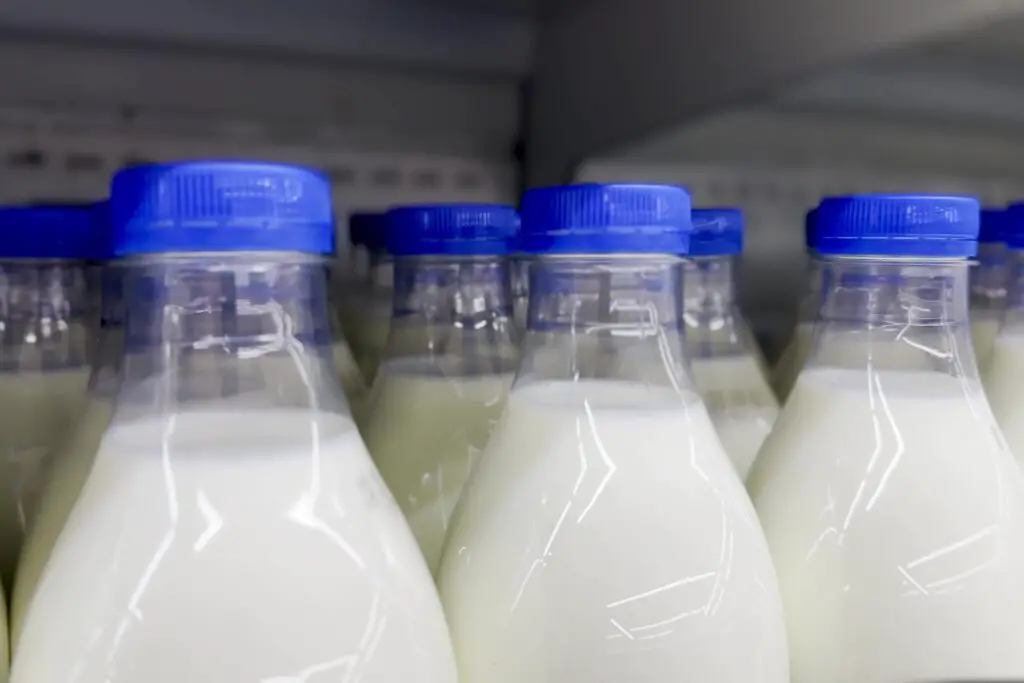
Before modern refrigeration standards, milk was often kept on store shelves instead of in coolers. In some places, grocery stores still relied on older cooling methods, which weren’t as effective at keeping dairy products fresh. People would buy warm milk, take it home, and chill it themselves. Spoiled milk was a real risk, but since people were used to milk delivery services, they didn’t question it. Many families still got their milk in glass bottles from the milkman, which could sit on the porch for hours.
Today, the idea of buying room-temperature milk from a grocery store sounds disgusting. We have strict food safety guidelines, refrigeration requirements, and expiration dates to prevent illness. But in the ’60s, food safety regulations weren’t as advanced, and people trusted that their milk was still good. It’s scary to think about how many people unknowingly drank spoiled milk or got sick from bacteria that would never pass today’s health standards.
12. Airline Travel Was a Security-Free Free-for-All
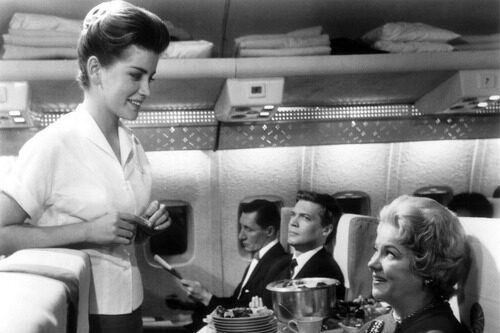
Flying in the ’60s was glamorous, but it was also shockingly unsafe. There were no metal detectors, no baggage screenings, and no restrictions on what people could bring on board. Passengers could walk straight to the gate without showing ID, and anyone could meet travelers right at the plane’s door. Hijackings were far more common because there were so few security measures in place. People smoked freely on flights, and drunk passengers were often tolerated rather than removed.
Today, air travel is highly regulated with strict security screenings, background checks, and controlled boarding areas. But in the ’60s, anyone could hop on a plane with little more than a ticket. Thinking about how easy it was for someone with bad intentions to board a flight is terrifying. The lax security of the era seems almost unthinkable compared to today’s strict TSA procedures.
13. Doctors Didn’t Always Wear Gloves During Exams
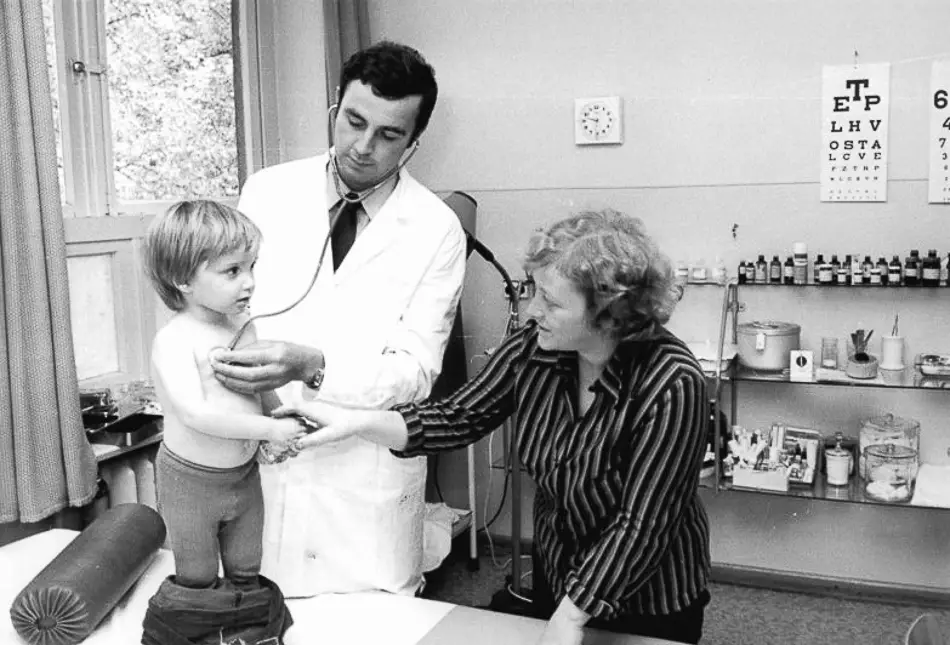
Hygiene standards in the ’60s were shockingly lax compared to today. Many doctors performed routine exams without wearing gloves, even when dealing with open wounds or bodily fluids. It wasn’t uncommon for a doctor to check a patient’s throat, then move on to the next without washing their hands. Surgical tools were sterilized, but not always to modern standards. The risk of infection was high, yet people trusted their doctors without question.
Today, medical hygiene is taken far more seriously, with gloves, masks, and strict sterilization procedures. Looking back, it’s frightening to realize how many people were exposed to germs simply because doctors didn’t think gloves were necessary. Cross-contamination was common, but most people didn’t even realize the risks. Modern medicine has come a long way, but in the ’60s, even visiting a doctor carried unseen dangers.
14. Water Fountains Had Lead Pipes
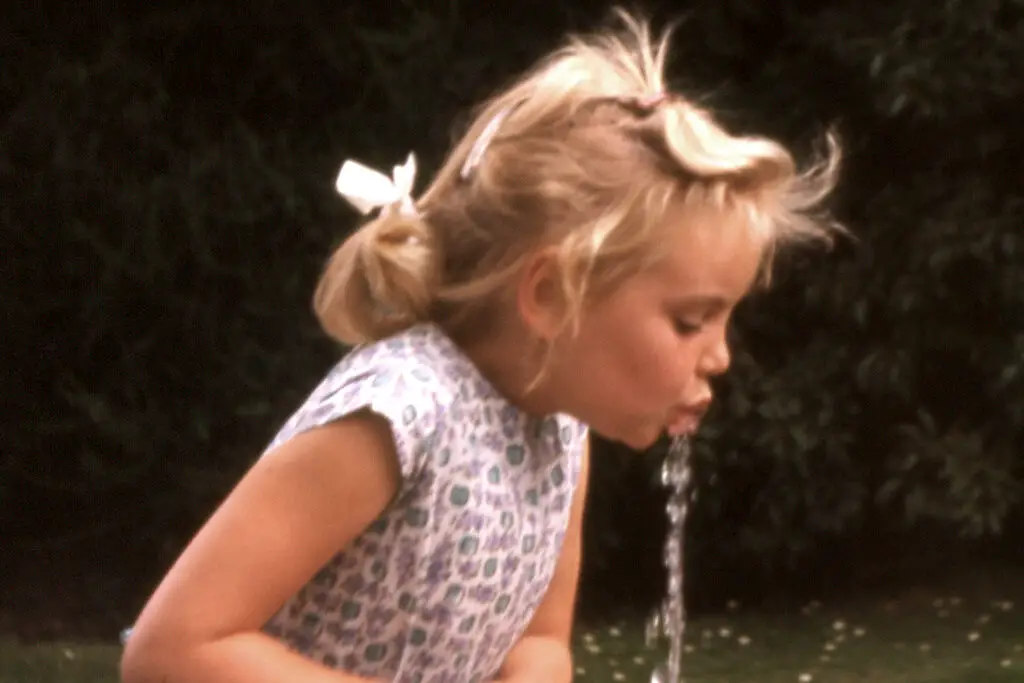
Drinking fountains in schools, parks, and public buildings often had pipes made of lead. Every time someone took a sip, they were potentially ingesting harmful amounts of lead. The long-term effects of lead exposure weren’t fully understood at the time, so people drank without concern. Children, in particular, were at high risk since their developing bodies absorbed lead more easily. It wasn’t until later that scientists confirmed the link between lead exposure and serious health problems.
Today, water systems are carefully regulated, and many old pipes have been replaced. But in the ’60s, no one thought twice about the safety of their drinking water. Lead poisoning can cause developmental delays, cognitive issues, and even organ damage. Thinking about how many kids drank from contaminated fountains daily is disturbing. What seemed like a harmless drink of water was actually putting millions at risk.
